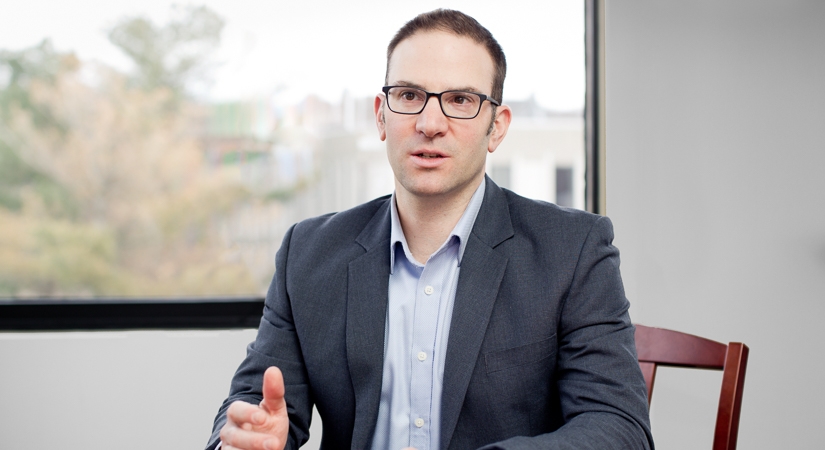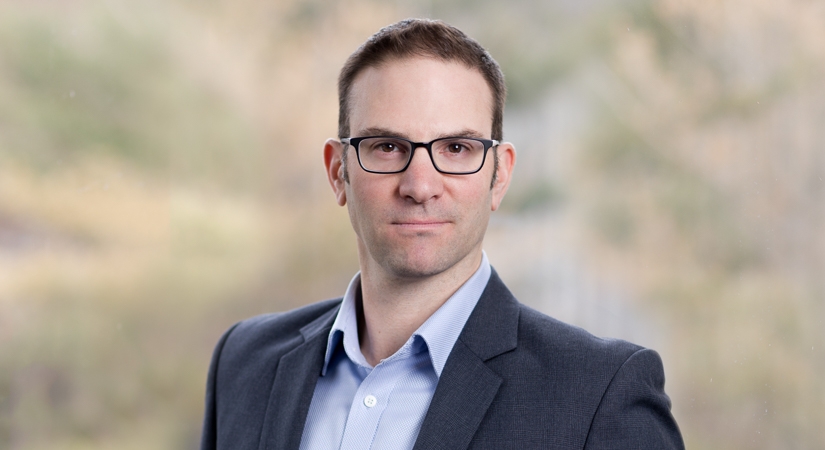New York State Passes Sweeping Climate Legislation That Could Affect Nearly All Sectors
The New York State Assembly and Senate this week passed one of the most sweeping pieces of climate change legislation in the United States and beyond. Known as the Climate Leadership and Community Protection Act (CLCPA), the legislation seeks to transform New York State into a net-zero greenhouse gas (GHG) emissions economy by 2050 and shift the state entirely to renewable energy by 2040. Governor Cuomo has said he will sign the CLCPA into law.
Although several other states have adopted measures targeting 100% renewable energy, none has done so on such an aggressive timeline, and no other state has established the type of economy-wide net-zero emissions targets established by the Act. The CLCPA is seen as a response to the Trump Administration’s easing of environmental regulations and a state-level model for implementing key aspects of the so-called Green New Deal. Some industry advocates warn that the Act could significantly increase the cost of electricity in the State and may cause businesses to avoid establishing facilities in New York.
Key Provisions
Among other things, the CLCPA would require the New York State Department of Environmental Conservation (DEC) to adopt regulations designed to:
- Reduce statewide greenhouse gas emissions 85 percent below 1990 levels by 2050.
- Offset the remaining 15 percent of greenhouse gas emissions.
- Maximize benefits for disadvantaged communities, including requiring that they receive 40% of overall benefits of spending on clean energy efficiency programs, projects or investments.
In the electricity sector, the Act would require:
- 70 percent of the electric generation secured by load-serving entities regulated by the Public Service Commission to be produced by renewable energy systems by 2030.
- Statewide electrical demand system to be net-zero carbon emissions by 2040.
- The procurement of at least:
- Nine gigawatts (GW) of offshore wind electric generation by 2035.
- Six GW of distributed photovoltaic solar generation by 2025.
- Three GW of statewide energy storage capacity by 2030.
- 185 trillion BTUs of end-use energy savings below the 2025 energy use forecast.
Nearly All Sectors Affected
The CLCPA would require nearly all sectors of the state’s economy to become cleaner. Among other things, it calls for advisory panels to provide recommendations or performance-based standards to be set to limit GHGs from the following sectors:
- Transportation.
- Energy-intensive industries.
- Commercial buildings.
- Land use and local government.
- Energy efficiency and housing.
- Power generation.
- Agriculture and forestry.
- Chemical substances or products.
The Act also calls for reporting on fugitive and vented emissions from the fossil fuel sector; emissions from non-fossil fuel sources; emissions associated with manufacturing, chemical production, and other sectors; and consideration of a mandatory registry and reporting system for individual sources of GHG emissions.
Environmental Justice and Labor Provisions
Environmental justice has gained increased visibility and importance in recent climate change debates and legislation, including efforts to identify and assist disadvantaged communities. For example, California amended its cap-and-trade program partly in response to environmental justice concerns and in an effort to reduce non-GHG pollutants in certain disadvantaged communities. Likewise, Pennsylvania’s Department of Environmental Protection is currently considering revisions to its Environmental Justice Public Participation Policy that would expand the types of permits requiring increased public participation.
Similarly, through the CLCPA and other recent legislation, New York has taken steps to address environmental justice concerns by establishing criteria for identifying disadvantaged communities, directing revenue and benefits to them, assessing disproportionate burdens on them, and expanding processes for meaningful community engagement. For example, the Act would establish a Climate Justice Working Group, consisting of representatives from state agencies and environmental justice communities, which is tasked with establishing criteria to identify disadvantaged communities for pollution reduction and increased investment. Generally, the bill suggests a more inclusive definition of “disadvantaged communities” than the State has applied in the past. Should the Climate Justice Working Group select such criteria to identify disadvantaged communities, it could have impacts beyond emissions reduction, including a broader application by DEC.
The Act would also establish the New York State Climate Action Council, consisting of 22 members including representatives of state agencies and individuals with expertise in environmental issues, environmental justice, labor, and regulated industries. The Council would be responsible for establishing a scoping plan, together with the Climate Justice Working Group and other stakeholders, that outlines recommendations to implement the legislation and achieving its sweeping goals.
Finally, the bill requires DEC to deploy community air monitoring systems in at least four high priority areas within disadvantaged communities statewide by October 2022. The data gathered from this effort will be used by DEC and the Climate Justice Working Group to develop a strategy to reduce emissions of toxic air contaminants and criteria air pollutants in disadvantaged communities affected by high cumulative exposure burden – including developing a methodology for assessing and identifying contributing sources or types of sources.
Despite these expansive measures, some observers have voiced concerns about the lack of specifics and definitions regarding how environmental justice concerns will be addressed, and the potential for these mechanisms to be weakened over time. Even so, the Act and its implementation will provide a roadmap for other jurisdictions and may have broader national implications.
Observations and Upcoming Issues
The CLCPA’s “zero by 2050” objective solidifies New York as having one of the most aggressive climate change policies in the United States. The United Kingdom also has announced a net-zero goal by 2050, and 18 of the 28 EU member states have announced support for the European Commission’s proposed net-zero objective for 2050, which is under consideration at the European Council summit on June 20-21, 2019.
While net-zero policy announcements are becoming more popular, the details largely remain to be determined and will likely take years to sort out. The CLCPA, for example, offers few particulars on how the state will achieve its GHG reduction goals. The Act requires DEC to adopt regulations setting emissions limits within one year of the effective date of the legislation. The Act further requires DEC to adopt mechanisms for achieving those targets no later than four years after the effective date.
The Act itself is only about 15 pages long (excluding preamble material) and is light on specifics. Transforming an economy as large as New York’s into a net-zero paradigm is no simple feat, and it remains to be seen how DEC and other state agencies design and implement the actual mechanisms for achieving the Act’s ambitious goals.
Beveridge & Diamond’s Air and Climate Change practice group helps private and municipal clients navigate all aspects of compliance with Clean Air Act regulations for criteria pollutants, hazardous air pollutants, greenhouse gases, and permitting processes. For more information, please contact the authors.









